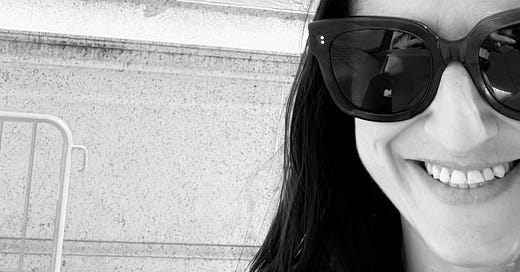P.S. Process Notes from Joan Didion's Archive & the Question of Privacy
I have always thought of archival work as a form of devotion.
As you know, I’m writing a book! In my announcement, I promised to take you on the journey with me, so here is the second installment in the series for paid subscribers called “Process Notes.” (Read the first installment here.) I love glimpses into how other authors work, so I thought it might be fun to share some of my own habits with you. In this edition, I take you on my research trip to see Joan Didion’s notes at the New York Public Library. I’ll also share my thoughts on the controversial publication, Notes to John (Didion’s notes from meetings with her psychiatrist).
It’s 10:59 am and already there are ten people waiting for the New York Public Library’s Brooke Russell Astor Reading Room to open. I’m wondering if they are all here to see Didion’s papers too. Probably. 1
Didion is in style—even more than usual on the heels of what I consider to be her strangest publication, Notes to John. I say “strangest” because she didn’t actually publish it.
We wait just outside the Brooke Russell Astor Reading Room, where Didion’s papers are housed.
To visit you must make an appointment, and you can only bring in a clear plastic bag with your computer, phone, headphones, i.d., and library card. No pens or personal notebooks are allowed. So I leave my backpack at the coat-check.
The young man who takes my bag has a notebook open, filled with dated entries. I ask him if it is his diary. “No,” he says, definitively, “it’s a journal.” I ask him to explain the difference. A diary is more “girlish,” he says.
Whatever it is, I’m glad you’re doing it, I tell him. He looks genuinely proud. Every time I return to the coat check, he tells me more about his journal.
Keep reading with a 7-day free trial
Subscribe to Noted to keep reading this post and get 7 days of free access to the full post archives.








